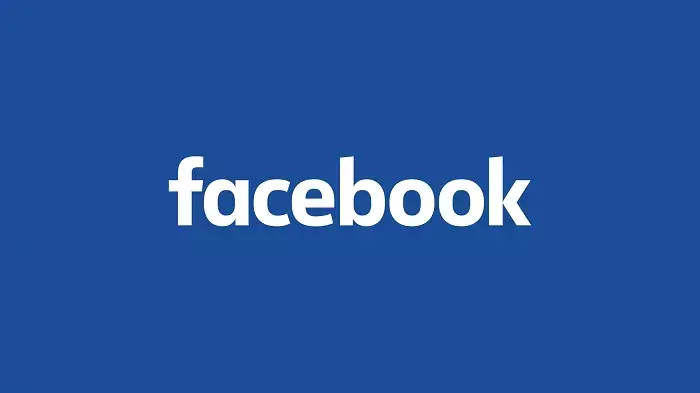In the fast-paced world of digital advertising, understanding the nuances of platform algorithms can significantly influence campaign success. One often-overlooked aspect is the autoplay looping behavior of Facebook video ads, which inherently favors shorter content. According to Meta’s guidelines, videos under 30 seconds tend to loop multiple times within a standard 90-second window, amplifying the number of impressions without additional production effort. This phenomenon presents a strategic advantage—shorter videos can repeatedly showcase your brand message more frequently, enhancing recall and engagement.
When a 30-second ad loops three times, it effectively delivers a threefold exposure for the same viewer within the same viewing window. This repetition embeds your messaging more firmly in the audience’s mind, a crucial element in brand building and recall. Conversely, longer videos do not enjoy this looping benefit, as they simply play once unless the viewer actively clicks to replay, which is less likely in a passive scrolling environment. Thus, if your goal is brand visibility and memorability with limited ad spend, crafting brevity into your content might be the golden ticket.
The Dynamics of Viewing Behavior and Platform Mechanics
Despite the technical advantage of shorter ads, real-world implications hinge on viewer behavior. Facebook users often scroll swiftly through their feeds, and their engagement depends on compelling content that captures attention immediately. Short, punchy videos align well with this behavior, making it easier to capture attention quickly and leverage the looping effect for repeated exposure.
However, this isn’t merely about the number of loops; it’s about how viewers relate to these repetitions. Increased loops can lead to higher annoyance levels if the content is overly repetitive or poorly targeted. Striking the right balance involves crafting concise, engaging messages that capitalize on looping without crossing into irritation territory. Mastering this balance allows advertisers to maximize the subtle power of Facebook’s looping algorithm while maintaining a positive brand perception.
Strategic Considerations for Advertisers
The insight into Facebook’s looping mechanics suggests a more nuanced approach to ad creation. Shortening your video content isn’t just about fitting within a time constraint; it’s a strategic move to leverage Facebook’s optimized delivery algorithms. For brand awareness campaigns, especially those aiming for high frequency, shorter ads can be a game-changer—repeated exposure within the same viewing session embeds your message more profoundly.
Furthermore, Facebook’s dynamic adjustments mean that the actual looping duration can often extend beyond the standard 90 seconds, sometimes reaching up to 180 seconds, depending on how the algorithm perceives ad performance. This adaptive behavior underscores the importance of testing different ad lengths and observing how your specific audience responds.
It’s also vital to recognize that Instagram, unlike Facebook, allows continuous looping regardless of video length. This platform gives advertisers a different playground for strategic video placement, where longer videos can maintain continuous engagement. Therefore, understanding these platform-specific behaviors enables a more tailored approach—using short ads on Facebook for high-frequency exposure and longer, more detailed content where appropriate.
Practical Implications for Campaign Design
For digital marketers, the takeaway is clear: shorter videos are not just a matter of convenience—they are a deliberate tactic to increase impressions through natural looping behavior. This approach is especially beneficial when combined with compelling storytelling and clear calls-to-action. Incorporating concise, visually engaging content enables you to maximize the autoplay loop advantage and create a virtually endless exposure cycle without additional ad spend.
While this strategy might seem subtle, its impact can be profound over time. Increased loops translate into more impressions, greater chances of brand recall, and higher engagement rates—all crucial metrics in today’s saturated digital environment. However, it’s essential to combine this tactic with robust audience targeting and creative testing to avoid ad fatigue or viewer irritation.
In essence, leveraging Facebook’s autoplay looping feature through judiciously crafted shorter videos transforms a basic ad format into a potent branding tool. It challenges marketers to rethink traditional notions of video length and to embrace a more dynamic, platform-savvy strategy that capitalizes on the unique behaviors embedded in Facebook’s advertising ecosystem.

